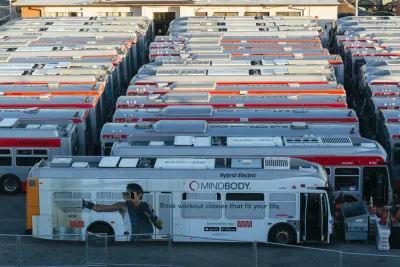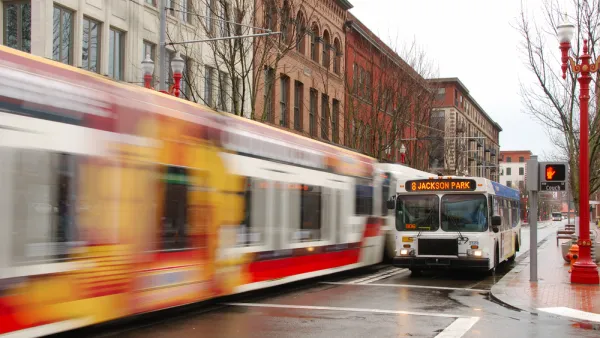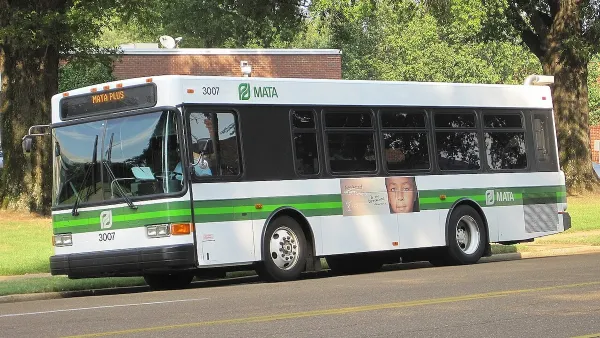Across U.S. cities, transit agency boards are overwhelmingly more suburban than their riders, causing a disconnect between decisionmakers and the people who regularly use transit.

As a new participant to their meetings, Cam Hardy, president of the Better Bus Coalition, noticed something about the board of the Southwest Ohio Regional Transit Authority, writes Jake Blumgart. They were, in Hardy’s words, “Very white, very corporate and very resistant to change. Just cutting this and that [transit service] without really analyzing why a route might not be working.” Most of them, Hardy said, did not use transit themselves.
“This is not an unusual dynamic, a new study from TransitCenter shows. The advocacy and research group studied transit agencies across 11 cities — Cincinnati not among them — and found that their boards were not representative in terms of gender, race or geography.” According to the study, “In New York, 88 percent of riders live in the city but only 18 percent of board seats go to their representatives.” On average in the study cities, 75 percent of riders lived in central cities, with 40 percent of board appointments going to those jurisdictions. Meanwhile, many boards hold meetings at times inconvenient to working people, making it more difficult for transit riders to participate.
Like other advocates around the country, Hardy’s organization fought for years to make changes to the SORTA board. “They got half of the meetings changed to evening hours, so work-a-day residents can attend. There are now regular bus riders on the board, who can speak to their lived experiences on the system.”
As Blumgart notes, “In an era of partisan polarization around transportation policy, it can be important to have boardmembers who can speak on transit’s behalf in spaces like state legislatures that tend to be dominated by conservative, white and non-urban political forces.”
FULL STORY: There’s a Big Difference Between Transit Boards and Riders

National Parks Layoffs Will Cause Communities to Lose Billions
Thousands of essential park workers were laid off this week, just before the busy spring break season.

Retro-silient?: America’s First “Eco-burb,” The Woodlands Turns 50
A master-planned community north of Houston offers lessons on green infrastructure and resilient design, but falls short of its founder’s lofty affordability and walkability goals.

Delivering for America Plan Will Downgrade Mail Service in at Least 49.5 Percent of Zip Codes
Republican and Democrat lawmakers criticize the plan for its disproportionate negative impact on rural communities.

Test News Post 1
This is a summary

Test News Headline 46
Test for the image on the front page.

Balancing Bombs and Butterflies: How the National Guard Protects a Rare Species
The National Guard at Fort Indiantown Gap uses GIS technology and land management strategies to balance military training with conservation efforts, ensuring the survival of the rare eastern regal fritillary butterfly.
Urban Design for Planners 1: Software Tools
This six-course series explores essential urban design concepts using open source software and equips planners with the tools they need to participate fully in the urban design process.
Planning for Universal Design
Learn the tools for implementing Universal Design in planning regulations.
EMC Planning Group, Inc.
Planetizen
Planetizen
Mpact (formerly Rail~Volution)
Great Falls Development Authority, Inc.
HUDs Office of Policy Development and Research
NYU Wagner Graduate School of Public Service





























